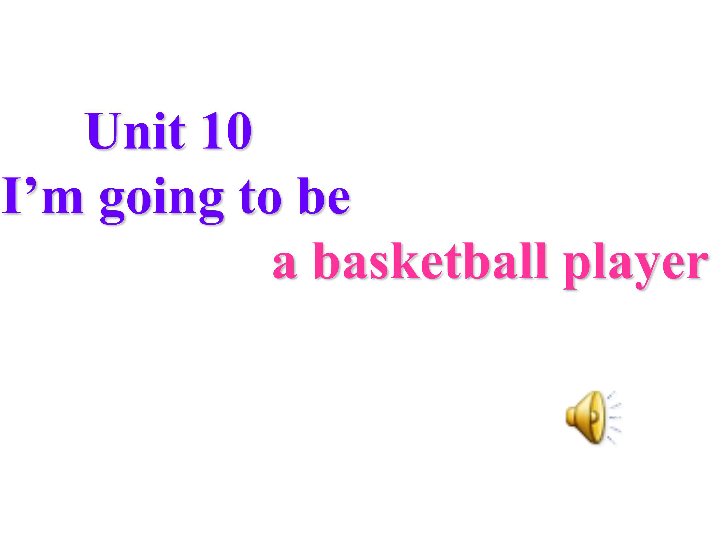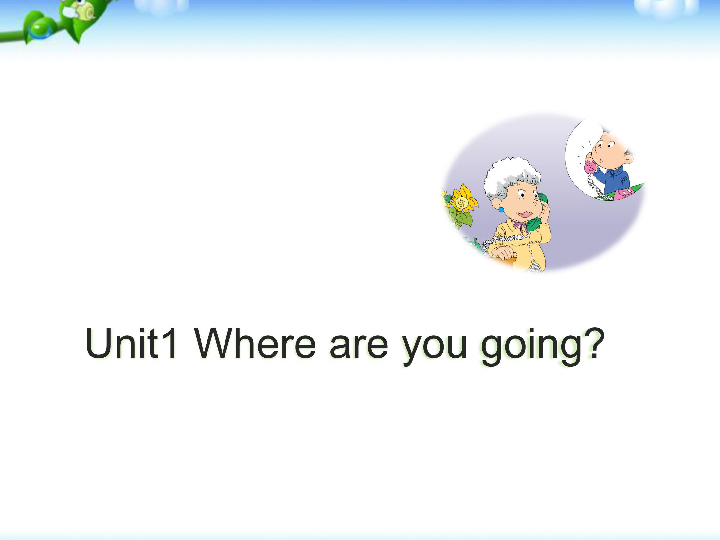Top 10 Flowers to Attract Pollinators for a Thriving Garden
Guide or Summary: Lavender Coneflower (Echinacea) Sunflowers Bee Balm (Monarda) Black-eyed Susan (Rudbeckia) Zinnias Aster Milkweed (Asclepias) Salvia Phlox……
Guide or Summary:
- Lavender
- Coneflower (Echinacea)
- Sunflowers
- Bee Balm (Monarda)
- Black-eyed Susan (Rudbeckia)
- Zinnias
- Aster
- Milkweed (Asclepias)
- Salvia
- Phlox
#### Introduction
Creating a vibrant garden that attracts pollinators is essential for maintaining a healthy ecosystem. By incorporating specific flowers into your garden design, you can provide food and habitat for bees, butterflies, and other important pollinators. In this article, we will explore the **flowers to attract pollinators**, their benefits, and tips for planting them effectively.
#### Why Attract Pollinators?
Pollinators play a critical role in the reproduction of many plants. They help in the transfer of pollen, which is necessary for the fertilization of flowers. By attracting pollinators to your garden, you not only enhance the beauty of your outdoor space but also contribute to the environment by supporting biodiversity.
#### Top 10 Flowers to Attract Pollinators
1. Lavender
Lavender is not only a fragrant addition to your garden but also a magnet for bees and butterflies. Its purple flowers bloom in summer, providing a rich source of nectar. Planting lavender in sunny areas with well-drained soil will ensure its growth and attractiveness to pollinators.
2. Coneflower (Echinacea)
Coneflowers are hardy perennials that thrive in various soil types. Their vibrant pink and purple blooms attract a wide range of pollinators, including bees and butterflies. Additionally, they are drought-resistant, making them an excellent choice for low-maintenance gardens.

3. Sunflowers
Sunflowers are not only cheerful and bright but also serve as a food source for many pollinators. Their large, open blooms provide easy access to nectar. Planting sunflowers in clusters will create a stunning display while attracting bees and butterflies.
4. Bee Balm (Monarda)
Bee balm is a favorite among hummingbirds and bees. Its tubular flowers come in shades of red, pink, and purple, offering ample nectar. This perennial thrives in sunny spots and can spread easily, making it a great addition to any garden.
5. Black-eyed Susan (Rudbeckia)
Black-eyed Susans are resilient flowers that bloom from summer to fall, attracting various pollinators throughout their growing season. Their bright yellow petals and dark centers make them visually appealing and beneficial for pollinator populations.
6. Zinnias
Zinnias are colorful annuals that bloom profusely throughout the summer. They attract butterflies and bees with their vibrant flowers. Zinnias are easy to grow from seeds and can be planted in various garden styles, including borders and containers.
7. Aster
Asters bloom in late summer to fall, providing a crucial food source for pollinators as they prepare for winter. Their star-shaped flowers come in various colors, making them a beautiful addition to any garden. Asters are also hardy and can thrive in diverse conditions.
8. Milkweed (Asclepias)
Milkweed is essential for monarch butterflies, as it is the only plant where they lay their eggs. Its unique flowers attract a variety of pollinators, making it a vital part of any pollinator garden. Milkweed is easy to grow and can adapt to various soil types.

9. Salvia
Salvia, or sage, produces spikes of flowers that are highly attractive to bees and hummingbirds. These plants are drought-tolerant and thrive in sunny locations. With their vibrant colors and long blooming period, salvias are a fantastic choice for attracting pollinators.
10. Phlox
Phlox is a perennial flower that blooms in clusters, providing ample nectar for bees and butterflies. It comes in various colors, adding beauty to your garden. Phlox prefers well-drained soil and full sun, making it a versatile option for any garden design.
#### Tips for Planting Flowers to Attract Pollinators
- **Diversity is Key**: Plant a variety of flowers that bloom at different times of the year to provide a continuous food source for pollinators.
- **Group Plantings**: Plant flowers in clusters rather than scattered throughout the garden. This makes it easier for pollinators to find and access the nectar.
- **Avoid Pesticides**: Chemicals can harm pollinators. Opt for organic gardening practices to create a safe environment for these essential creatures.

- **Provide Shelter**: Incorporate native plants and structures like bee hotels to offer shelter and nesting sites for pollinators.
#### Conclusion
Incorporating the right **flowers to attract pollinators** into your garden not only enhances its beauty but also supports the vital role these creatures play in our ecosystem. By selecting a mix of colorful and diverse plants, you can create a thriving environment that benefits both pollinators and your gardening efforts. Whether you are a seasoned gardener or a beginner, these tips and flower suggestions will help you cultivate a pollinator-friendly garden.